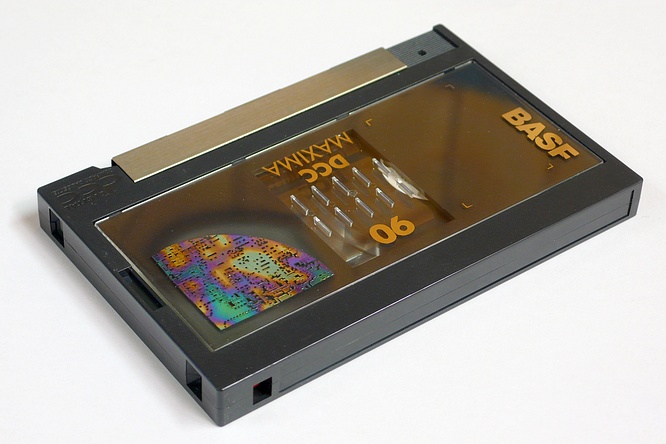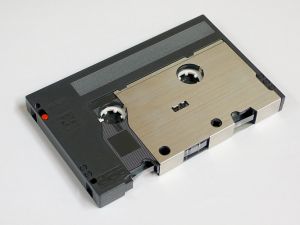
The rise and fall of the digital compact cassette remains a salutary lesson for tech titans—it shows how you can get nearly everything right, and yet still fail badly. Like Britpop, whose 1993-1996 heyday parallels DCC’s short life, the format rose with much hype, a few boasts, and a cheeky advert or two...
...only to fall due to a perfect storm of marketing machinations, tight-fisted PRs, and shiny new rivals.
In one way at least, DCC was a very brave move—in the preceding decade, Dutch conglomerate Philips had successfully launched the billion-selling CD format, plus CD-ROMs, and the beginning of CD-I. Of course, all this had been done in conjunction with Japanese Sony. Yet for its digital cassette venture Philips abruptly decided to abandon Sony and entered a completely new alliance with an up-and-coming Japanese firm: the Kadoma-based Matsushita (the Japanese giant that is now known as Panasonic).
Their joint mission was to create a high-quality digital recording medium that would be affordable, backwards-compatible, potentially portable, useful both in recording studios and domestically—and yet also be a format that punters would be able to buy prerecorded tapes for; preferably in the thousands of record stores that then still existed.

DCC seemed the logical way to bring top-quality sound into the world’s living rooms—with a system that could still play the hundreds of millions of analogue cassette tapes that consumers already owned worldwide, and which they and their parents had been using since the 1960s.
So how can old-style tape ever be digital? The answer is actually quite simple. Digital information is recorded or "laid down" onto the magnetic tape as digi code, just like it is imprinted onto a layer on a CD or DVD. The player then reads the code off the tape as it travels through the heads, and decodes it back into an audio music stream.
The tech was pretty impressive for the time. The 18-bit digital tapes had two stereo sides of four tracks each and were up to 90 minutes in length. The decks themselves could still play normal cassettes that might have been bought 20 or 30 years before.
Additionally, DCC recorders could track from a digital source using the S/PDIF standard at 32KHz, 44.1KHz or even 48KHz. When recording from analogue, it had to be at 44.1 and, because of the low tape speed—4.8 cm per second, as per the old cassettes—the bitrate that could actually be achieved was somewhat limited.
To try and make up for this, Philips created a new audio compression codec, similar to MPEG-1 Audio Layer or mp1. It was given the moniker PASC (Precision Adaptive Sub-band Coding). PASC could lower the bitrate of a CD recording of, say, 1.4Mbps right down to the vastly reduced bitrate of just 384Kbps, a truly impressive compression rate of approximately 4:1.
Many pundits even believed that PASC yielded a better quality of audio than the 5:1 compression achieved by the ATRAC compression system used by Sony’s new MiniDisc format (more on that later). Philips fanboys would boast that a DCC recorder could recover all the missing data from a DCC tape even if one of the eight audio tracks was completely unreadable, or if all of the tracks were completely unreadable over 1.45 millimetres of tape.
The DCC cassette itself was identical in size to the older format, with the main difference being that it only had spool holes on one side, plus it had a neat sliding steel door to protect the tape when it wasn’t in contact with the deck’s two nine-track heads—which recorded and played back the digital information that the deck then turned into audio signals.
And the resulting sound could be pretty damn good, if at times a little cold. I saw one DCC deck being used for mixdowns for the Britpop band Panic at the Acid Jazz studios in London’s Denmark Street back in 1995—and this was, I later found out, a temporary stop-gap measure on one particular weekend. But even this showed DCC's potential; no pro studio back then would have even considered a mixdown to an ordinary cassette.
reader comments
84